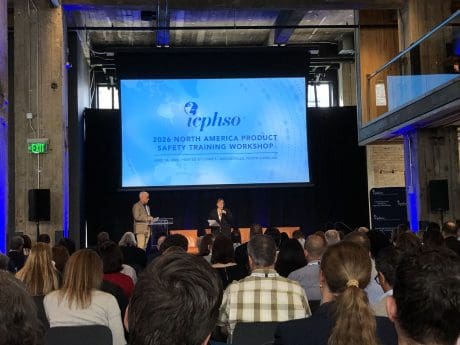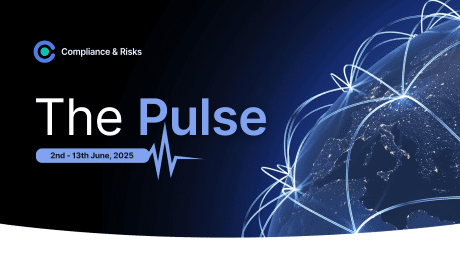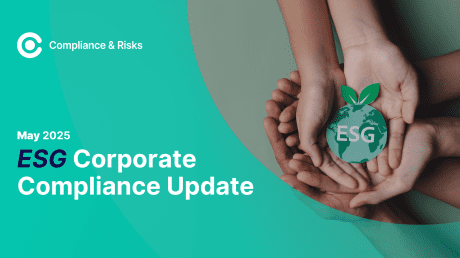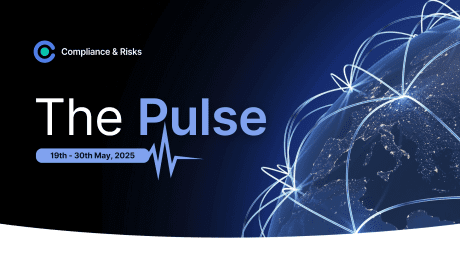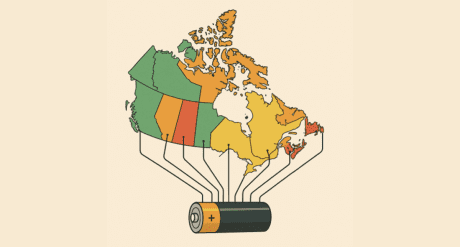
What’s Trending In Compliance? (October 2022)
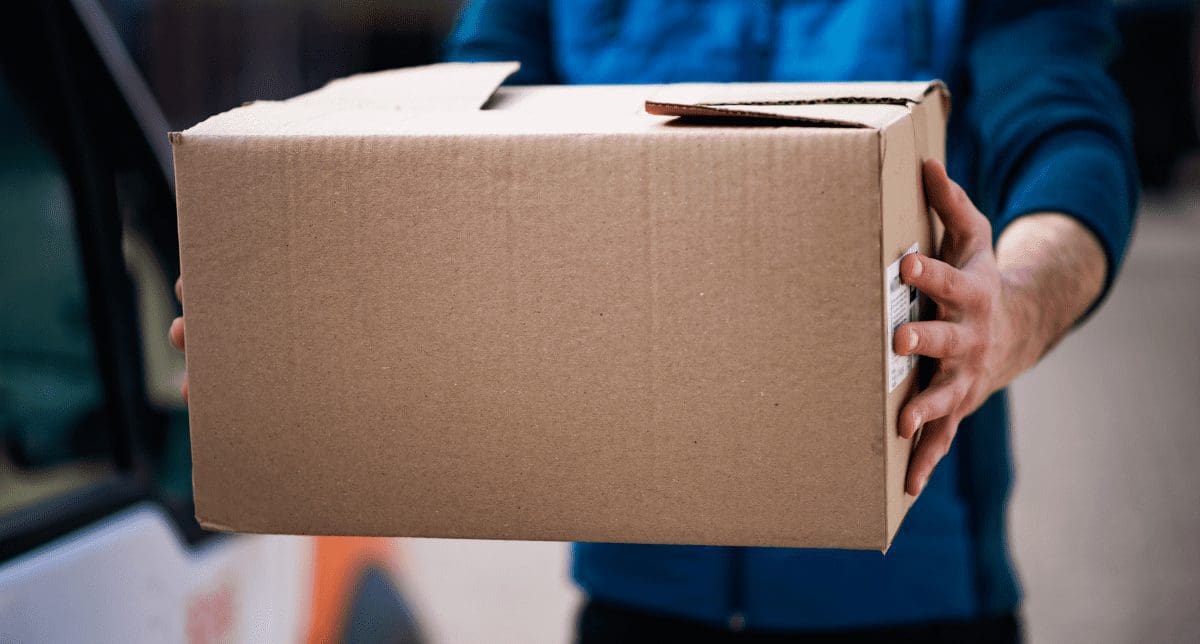
At Compliance & Risks we help manufacturers, retailers and their supply chain partners to monitor and manage global regulations via C2P, our compliance knowledge management platform.
These are some of the top trending compliance topics that generated the most interest globally for October.
1. California (USA): Registration of Perfluoroalkyl and Polyfluoroalkyl Substances (PFAS) in Products and Components, Assembly Bill 2247 Vetoed, 2022
On September 29, California’s Governor, Gavin Newsom, vetoed Assembly Bill 2247 which would have required the registration of all products and product components containing perfluoroalkyl and polyfluoroalkyl substances (PFAS) by 2026 and resulted in the creation of a publicly accessible data collection interface for PFAS products and product components.
The bill met with significant opposition from industry because of, inter alia, concerns about the broad definition of PFAS and inadequate protection for confidential business information or trade secrets.
In his veto message, the Governor indicated that the bill may be premature given the EPA’s pending rulemaking requiring reporting of PFAS and expressed concerns for the considerable cost of approving such an endeavor without Legislators’ consideration of the State budget and the likelihood that California’s revenues may be lower than expected in the next fiscal year.
2. EU: Classification, Labelling and Packaging of Substances and Mixtures, Regulation (EC) No 1272/2008 – Proposed Amendment – (on new hazard classes and criteria for substances with endocrine disrupting, PBT, vPvB, PMT and vPvM properties) Draft Regulation, September 2022
On 20 September 2022 the EU Commission published a draft amendment to the CLP Regulation proposing to introduce five new hazard classes which, previously, had only been identified under certain legislation such as REACH and legislation specific to areas such as biocides and pesticides.
The classes are as follows :
- Endocrine disruptors (EDs)
- Persistent, bioaccumulative, toxic (PBT) and very persistent and very bioaccumulative (vPvB) substances
- Persistent, mobile, toxic (PMT) and very persistent and very mobile (vPvM)
The additional classes are being proposed to increase protection of human health and the environment against hazardous substances.
The comment deadline closed on 18th October and the proposed date of adoption is the 4th quarter of 2022, with the measure entering into force 20 days after its publication in the EU Official Journal.
3. Mexico: Packaging, Instruction Manuals and Warranties for Electrical and Electronic Products and Appliances, Draft Standard PROY-NOM-024-SE-2022
On 26 September 2022, the Ministry of Economy published Draft Official Mexican Standard PROY-NOM-024-SE-2022, Commercial Information for Packaging, Instructions and Guarantees for Electronic, Electrical and Home Appliance Products. This draft is intended to replace NOM-024-SCFI-2013 and aims to establish the commercial information requirements for the packaging, instructions or manuals and guarantees that are mandatory for electronic, electrical and household appliance products, as well as their accessories and consumables, that are intended for the consumer, when they are marketed in the territory of the United Mexican States.
This NOM would apply to new, rebuilt, reconditioned, used or second-hand, discontinued and out-of-specification electronic, electrical and electrical products, as well as spare parts, accessories and consumables.
The information contained on the packages or containers of the electrical, electronic and household appliances that are the object of this Draft Official Mexican Standard must be truthful and presented in such a way that it does not mislead the consumer regarding the nature and characteristics of the product.
The products subject to these requirements must have printed on, or on a label attached to, the packaging or container, in a clear and legible manner, at least the following information (in Spanish):
- graphic representation or the name of the product, unless it is obvious;
- name, denomination or business name and address of the person responsible for the product;
- legend that identifies the country of origin (example: ” Made in… ” , ” Manufactured in… ” , or similar);
- nominal electrical characteristics applicable to the product, as determined by the manufacturer, such as:
* supply voltage, in volts;
* power consumption, in watts or current consumption, in amps;
* frequency, in hertz; - in the case of rebuilt, reconditioned, used or second-hand, second-line, discontinued and out-of-specification products, specific information included in this draft standard, indicating the product is not new, must be provided.
4. EU: Liability for Defective Products, Draft Directive, September 2022
The EU Commission adopted revised product liability rules, futureproofing existing measures and adapting to the nature and risks of products in the digital age and circular economy. Shortcomings identified in the existing Directive included:
- fail to expressly recognise categories of products emerging from new digital technologies, like smart products and artificial intelligence (AI)
- are unclear on how to determine liability for defective software updates, defective machine learning algorithms or defective digital services that are essential for a product to operate
- are unclear on how to determine liability in the event product is a substantially-modified one that is already on the market
- are silent on the situation regarding products directly imported from outside the Union by a consumer.
The new rules will retain the principle of strict liability of manufacturers, with the claimant required to prove the defectiveness of the product, the damage suffered and the causal link between the defectiveness and the damage. However, an expanded scope and expanded obligations mean that economic operators including product manufacturers, importers and authorised representatives should all be aware of the implications of the strengthened liability rules for their operations.
Next Steps:
The proposal must now be examined and adopted by the European Parliament and the Council.
5. Saudi Arabia: Packaging, Draft Technical Regulation, October 2022
The Saudi Arabian Standards, Metrology and Quality Organisation (SASO) notified the WTO of a new draft Technical Regulation for packaging.
This Technical Regulation will apply to all types of packaging products made of paper, cardboard, plastic, glass, wood, metal or textiles that are used for the packaging, protection, handling and display of products.
The Regulation will not apply to the packaging of food contact materials and medical products.
Article 1 defines packaging as all products that are made of any material, and that are used for the containment, protection, handling, delivery and presentation of products, from raw materials to processed goods, from the producer to the consumer. Packaging is divided into the following types:
- Primary packaging that is meant as a sales unit to be handed over to the customer at the point of sale.
- Secondary packaging that is used either as a means to display the product at the point of sale and can be separated from the product, or that is meant to be sold with the product.
- Outer packaging that is used to facilitate the handling, transportation and protection of the product.
Article 4 covers supplier obligations and it includes general, chemical, and metrological requirements. Article 5 covers labelling, and it states that products must include the following information, displayed in a clear and legible manner:
- name and supplier information,
- trademark,
- country of origin,
- the type of packaging material.
- the type of packaging material.
Once approved, this Technical Regulation will enter into force 6 months after publication in the official gazette. Suppliers will be given a period of one year after publication to comply with the provisions of the Regulation. The WTO Notification deadline is 2 December 2022, 60 days from notification.
Stay Updated On Global Regulations
This information is based on the most viewed regulations on C2P this month.
If you would like to find out more about how you can stay on top of global regulations, why don’t you Book a Demo with our team today?
Book Time With Our Team
Learn how C2P can help you stay ahead of regulatory changes and achieve uninterrupted market access.



